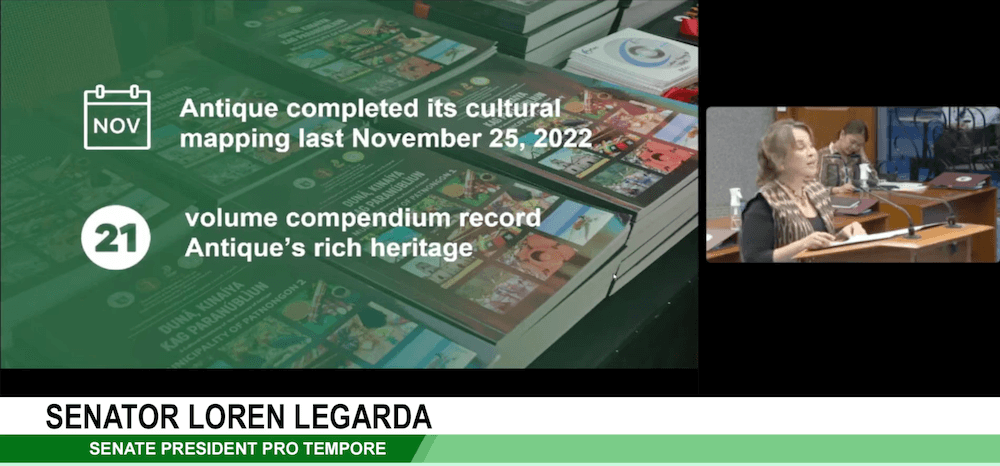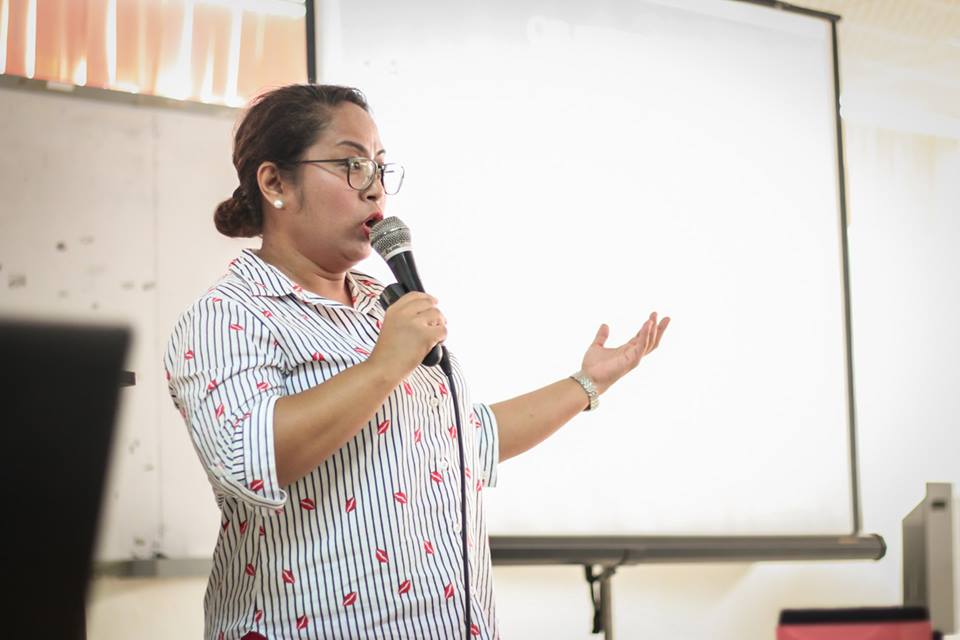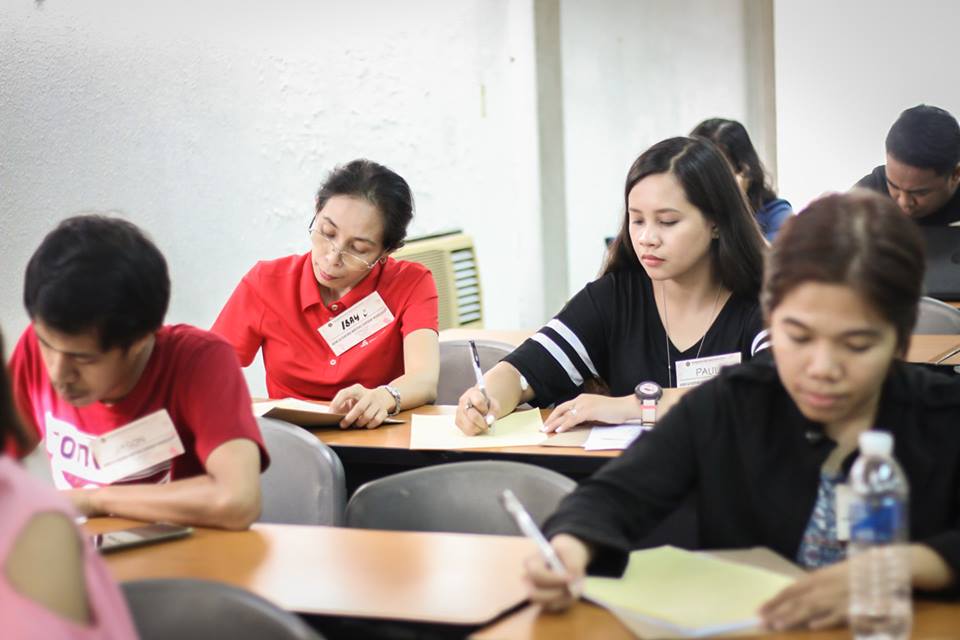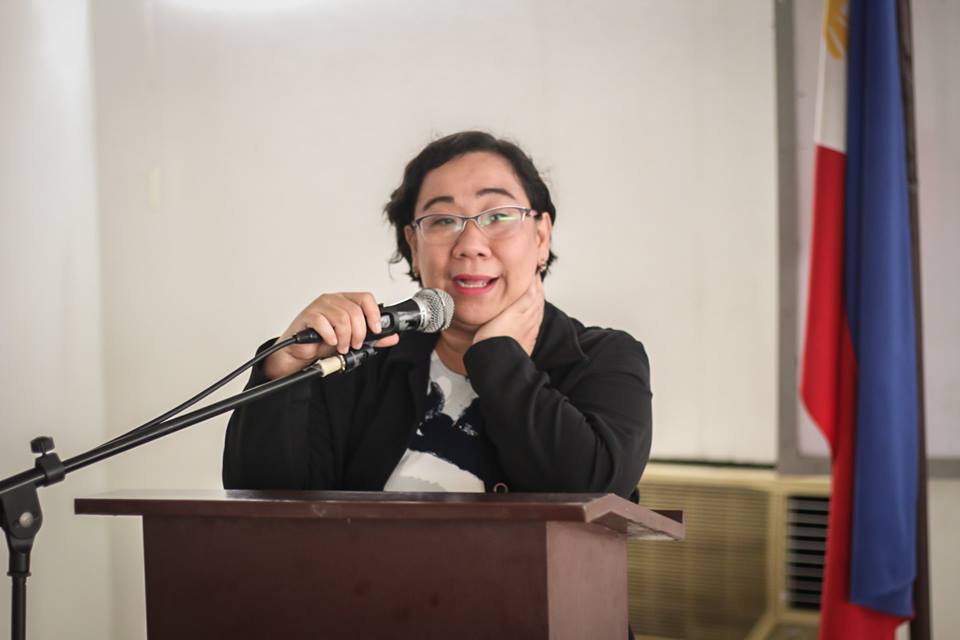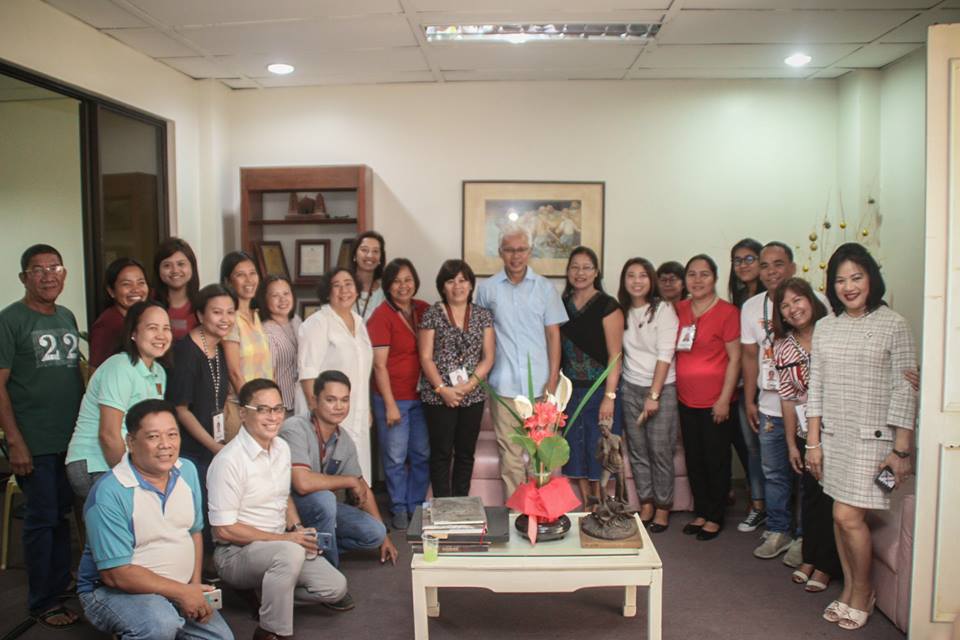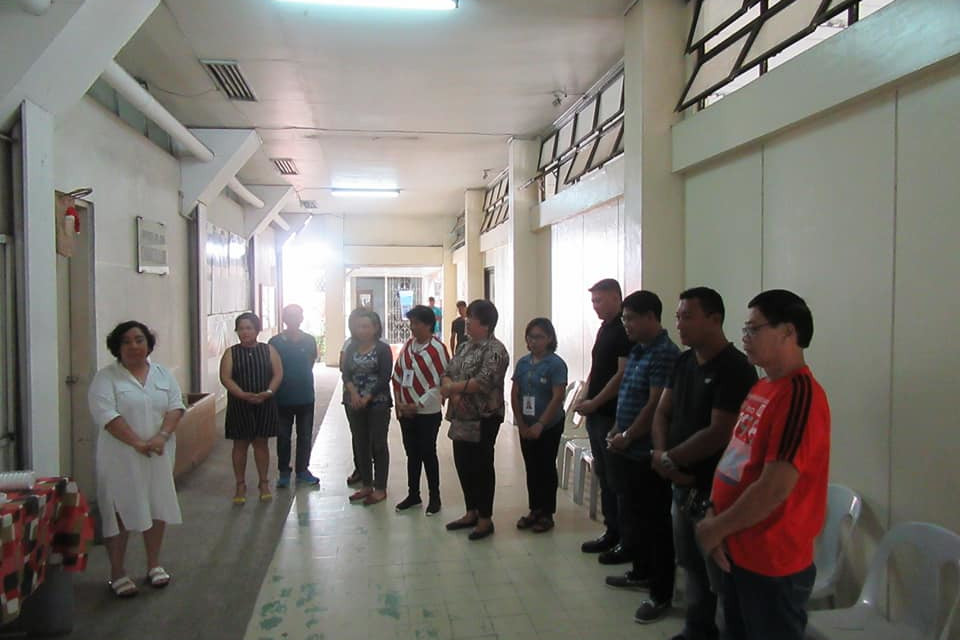UP Visayas plays a key role in the comprehensive cultural mapping in Panay and Guimaras initiatives pushed by Senate President Pro Tempore Loren Legarda. Legarda initiated the allocation of P50 million for the Cultural Mapping of Panay and Guimaras in the 2023 GAA, which is set to commence this year.
The project will be implemented by UP Visayas in coordination with the NCCA, the top state universities of Panay and Guimaras, the Dept of Education Region VI, the Provincial Government, and the cities in these islands. A Signing of the Memorandum of Agreements will take place in the following months.
Legarda sponsored a bill to institutionalize cultural mapping in the country. On February 8, 2023, during the first session of the year at the Philippine Senate, she presented the amendment to Republic Act No. 10066, otherwise known as the "National Cultural Heritage Act of 2009," or "An Act Strengthening the Conservation and Protection of Philippine Cultural Heritage through Cultural Mapping, amending to further strengthen the heritage conservation in the country."
The bill seeks to mandate local government units (LGUs) to conduct a cultural heritage mapping of their areas for both tangible and intangible, and natural and built heritage. Co-sponsoring the bill with her is Sen. Nancy Binay.
In her speech, Legarda underscored the Cultural Mapping done in Antique, which was completed and launched in November last year and was done in partnership with the National Commission for Culture and the Arts (NCCA), the University of the Philippines Visayas (UPV), and the Department of Education (DepEd). The output of Cultural Mapping in the middle of the pandemic was a 21-volume compendium record of Antique’s rich heritage and significant research material.
"The institutionalization of cultural mapping is sought as a way to make heritage an inclusive tool for local and national development. In particular, cultural mapping employs a grassroots approach that empowers local communities to identify and assign cultural value to properties – tangible and intangible, built and movable, cultural and natural – that is important to them,” she explained.
The proposed amendments to RA 10066 aim to harmonize the relationships between the cultural agencies and update definitions and coverages, taking into consideration laws and regulations since the original law was enacted in 2009.
"Since we passed Republic Act No. 10066, or the ‘National Cultural Heritage Act of 2009,’ we have had a good record of preserving important cultural properties but still lost a few structures. The collective experience of its implementation has led the cultural agencies - a) protect, preserve, conserve, and promote the nation’s cultural heritage, its property and histories, and the ethnicity of local communities; b) establish and strengthen cultural institutions; and c) protect cultural workers and ensure their professional development and well-being — to band together and seek the necessary changes we are asking for in this bill. To further strengthen heritage conservation in the country, this bill seeks to mandate local government units (LGUs) to conduct a cultural heritage mapping of their areas for both tangible and intangible, and natural and built heritage."
The proposed amendments will assign local government units (LGUs) as the lead in conducting comprehensive cultural mapping activities in their respective areas. Meanwhile, the National Commission for Culture and the Arts (NCCA), together with other cultural agencies, are mandated to provide technical and financial assistance to LGUs to comply with the cultural mapping mandate.
Following the framework of Antique Cultural Mapping that gives value to the past, environmental sustainability, and intangible cultural beliefs and practices, "Cultural heritage value is bestowed by the society. Hence, it is a decision that is attended by agreement and a level of consensus as to how a society values itself and the shared experiences that make that society a cohesive one…I propose that heritage values, including intangible cultural property and natural heritage, must be held up for greater public appreciation and collective concurrence,” Legarda added.
Legarda presented a copy of the 21-volume inventory that was accomplished during her term as Lone District representative of Antique and Deputy Speaker in Congress.
In addition to tangible cultural properties, the following are also considered as covered by the cultural mapping mandate:
1. heritage crops, products, technologies, agricultural heritage systems, food sources, and natural and nontraditional fibers;
2. natural heritage sites, including national parks, habitats of endemic species, unique biodiversity, and cultural landscapes;
3. natural dyes, traditional textiles and apparel materials, designs, techniques, processes, and machines;
4. traditional medical practices and medicinal formulations; and
5. indigenous knowledge systems, skills, and practices.
The bill also aims to guarantee resource accessibility, particularly when threatened by climate change and biodiversity loss. These heritage values must be protected as a source of connectedness and resilience, to help us get through the most trying times together using the best tools that foster our relationships. (With sources from OSL)

